Tarifa, at the junction between the Atlantic Ocean and the Mediterranean Sea, is reputedly the windiest place in Europe and is a magnet for young surfers and silver surfers alike.
By Nick Nutter | Updated 7 Jun 2023 | Cádiz | Villages |
Login to add to YOUR Favourites or Read Later
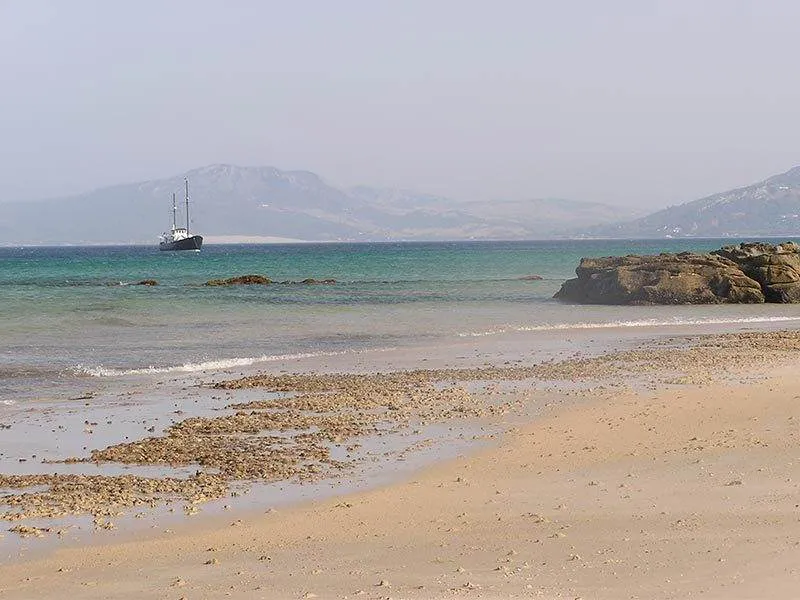
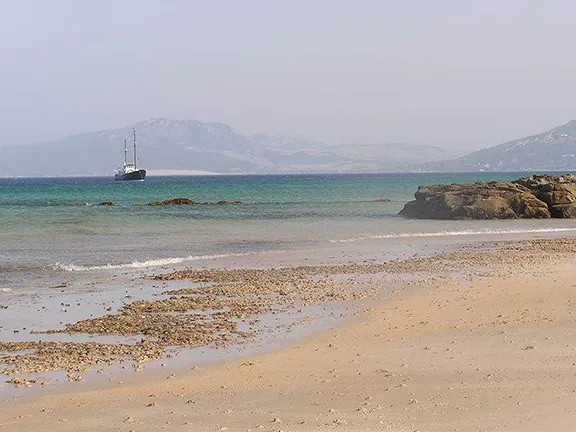
Tarifa Beach
Tarifa, the most southerly town on mainland Europe, has occupied a strategic position on the Gibraltar Strait since Phoenician times. The Phoenicians established a trading settlement on the Isla de las Palomas, a small island just off Tarifa, now joined to the town by a causeway, and Carthaginians and Greeks followed them. The island still has a strategic value and is closed to the public. Just before the barred gates are two signs, one on the east side of the causeway, ‘Mar Mediterraneo’ and one on the west ‘Oceanis Atlantico’, for Tarifa is in the middle of the Strait, between two seas.
Tarifa is reputed to be the windiest town in Europe and to experience this phenomenon a walk down the causeway is recommended. You will also have the finest views of the town’s most prominent edifice, its castle, and the still very active, fishing port. On the Atlantic side is a wide, windswept beach that extends to beyond Bolonia. When conditions are right it is a world-famous venue for thousands of windsurfers and kiteboarders who provide a colourful spectacle. Tarifa and the campsites nearby are packed with water sport enthusiasts waiting for the wind or recovering their breath.
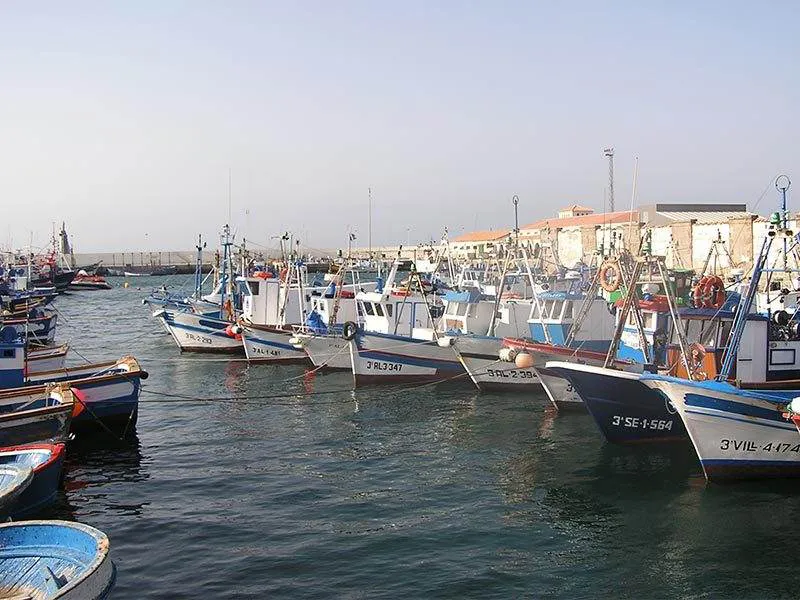
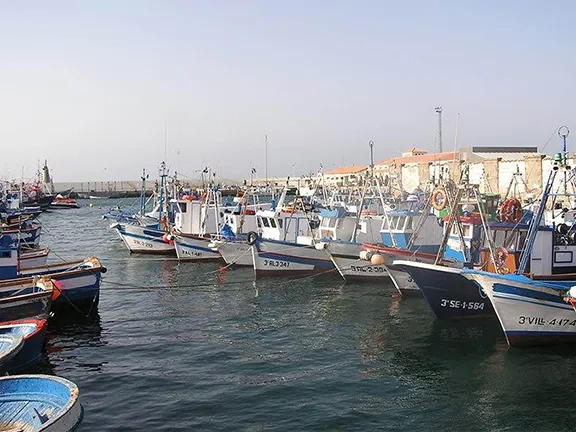
Depart from the port
The port is also the point of departure for the fast ferry to Tangiers. You can get a pedestrian day return, take a one or more days tour, or take your own car. Ferry to Tangiers - Click here.
The Romans had a small settlement in the vicinity of the present castle that they called Julia Traducta but it was the Moors and later the Christians who really developed the town. Julia Traducta vies with Carteia as the landing point of the Arab invasion of 711AD but it was not until 960 that the first part of the castle was constructed. Later construction included the walls around the Medina and then the walls around the town itself. From the extremely well-preserved battlements it is possible to see the walls that form an integral part of the fabric of the town.
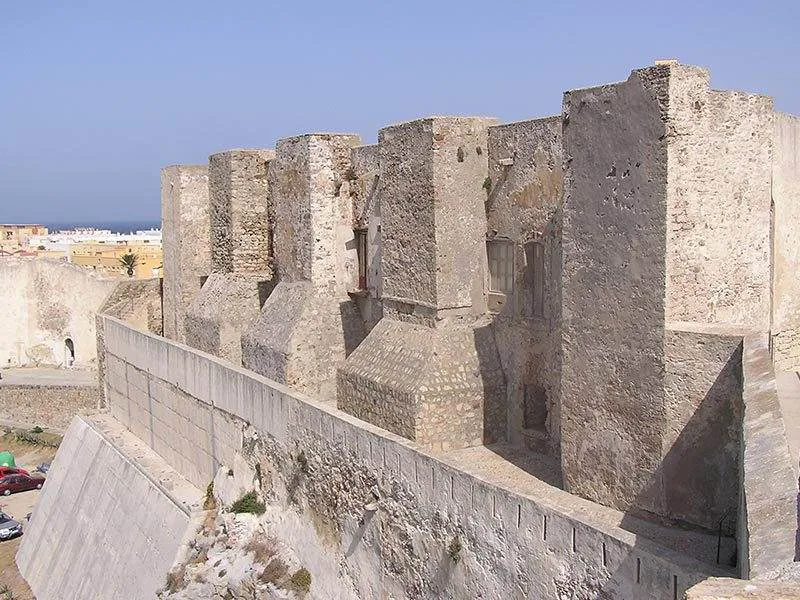
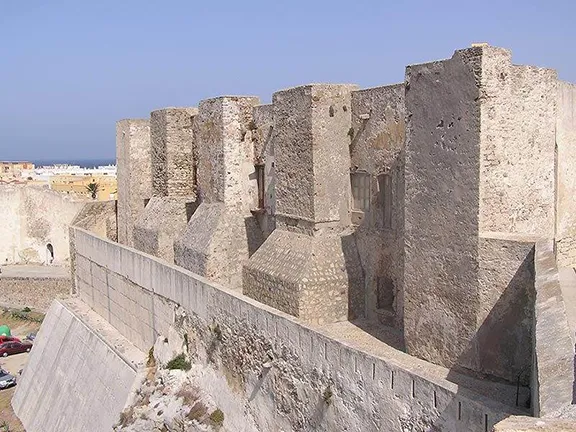
Tarifa Castle
There are a number of amusing touches within the castle. Scattered all over the place are stone cannonballs that over the years had been fired into the castle during innumerable sieges. A much more recent addition is the replica Medieval catapult ready to throw them out again. In 1292 the Christians took the town from the Moors. It was here that, in 1294, Guzman el Bueno, charged by the king to hold the castle against the Moors, who wanted it back, sacrificed his kidnapped son rather than surrender the town. The legend goes that Guzman threw his own knife to the Moors from off the battlements of the large tower to your right as you enter the castle. The Moors promptly slit the son’s throat. There is no record of them returning the knife. It is interesting to speculate what Guzman’s wife called him afterwards, certainly not ‘Bueno’. In the museum in the castle, the whole gory tale is depicted in a series of paintings done in a ‘romantic’ style. On a serious note, the castle is the best-preserved of its age in Spain and well worth a visit.
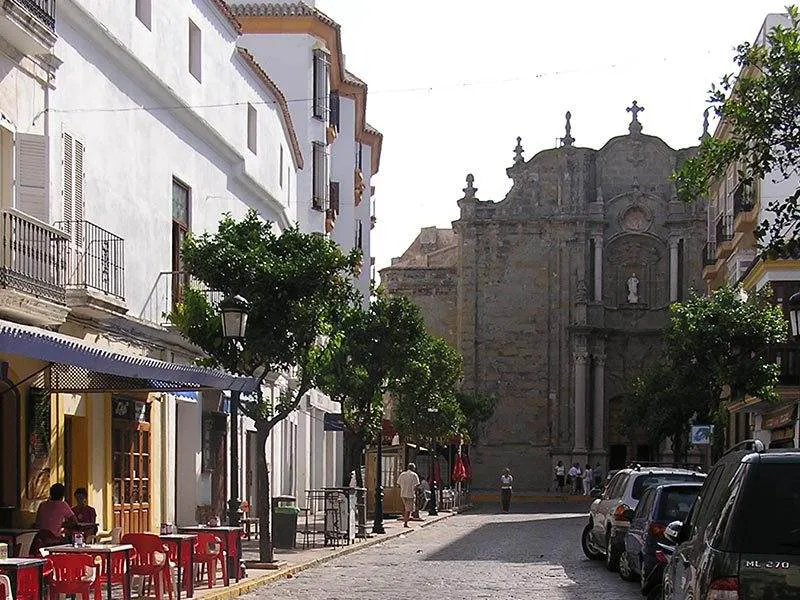
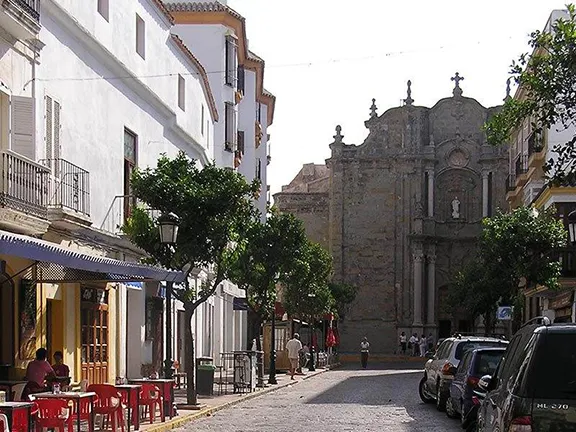
Main Street Tarifa
Back into the town itself, the short main street is used as a meeting place by locals and visitors with cafes and restaurants on both sides and tables crowding the footpath. From early in the day the street is packed with pedestrians through which cars and scooters wend. At the top of the street, and dominating it, is the town’s church. Behind the main street is a maze of alleys with more bars and artisan shops and, hidden away, some interesting looking restaurants. Eventually, you will reach the town walls and one of the gates that lead into the newer part of Tarifa.
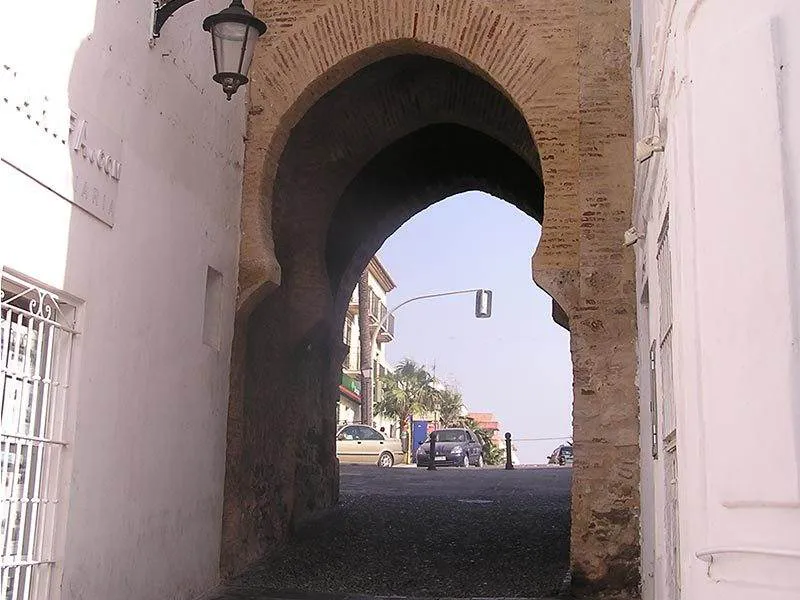
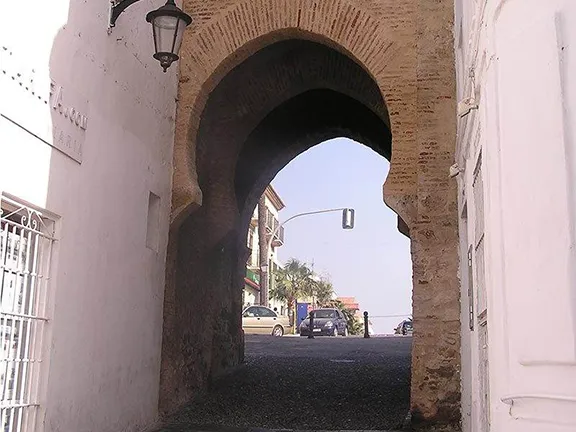
From the Old to the New
You do not have to be a youngster to appreciate Tarifa, although it certainly caters for young people with discos, cheap cafes and bars in the evenings. It is a strange mix of very old and new. The old part of the town is still fully utilised for housing, shops and so on, pretty much as it has been for over 400 years. Even the castle is used for theatrical performances. The town is surrounded on three sides by the wall that itself supports the buildings within and, on the fourth side, by the sea and the port. Outside the port, you are just as likely to see an old fisherman stringing his traditional long lines, as he and his predecessors have done in that spot for over a thousand years, as a group of wet-suited teenagers carrying gaudy boards to the beach. Passing through the walls takes you directly into the 20th Century, like a time machine, with nothing in between.